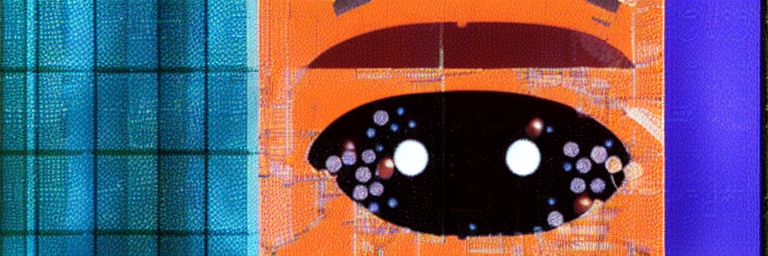What is computer vision?
Computer vision is a field of AI that deals with teaching computers to interpret and understand digital images. Just like humans, computers can learn to identify objects, faces, and scenes in images. This technology is used in a variety of applications, including self–driving cars, facial recognition, and image search. It is a relatively new field that is constantly evolving, as researchers strive to develop new ways to improve the accuracy and efficiency of computer vision algorithms.
Computer vision is a rapidly evolving field with a wide range of potential applications. As the accuracy and efficiency of computer vision algorithms continue to improve, the technology will become increasingly ubiquitous in our everyday lives.
Utilizing Computer Vision
The most common applications of computer vision are in the fields of facial recognition, object recognition, and image search. However, the potential applications of computer vision are far broader, and the technology is being used in a variety of other fields such as medical image analysis, self–driving cars, and security systems.
Facial recognition is one of the most well-known applications of computer vision. This technology is used to identify individuals from digital images or video footage. Facial recognition algorithms analyze a person’s face to extract unique facial features, which are then compared to a database of known faces. This technology is often used for security purposes, such as to unlock smartphones or to gain access to buildings.
Object recognition is another common application of computer vision. This technology is used to identify and classify objects from digital images or video footage. Object recognition algorithms analyze an object’s shape, color, and other features to determine what it is. This technology is used in a variety of applications, such as to identify products in an image search engine or to sort objects in a self-driving car.
Image search is a common application of computer vision that allows users to search for images based on their content. Image search engines use computer vision algorithms to analyze the content of an image and match it to similar images in a database. This technology is used by many popular search engines, such as Google Images and Bing Images.
The Good and Bad: Computer Vision
Advantages
There are many advantages to computer vision. It can be used to process and interpret images to extract useful information. This information can be used for tasks such as object recognition, scene understanding, and motion estimation. Computer vision can also be used to generate synthetic images, which can be used for purposes such as training machine learning models or creating 3D models.
Some potential beneficial uses for computer vision include:
- Aiding the visually impaired in day–to–day tasks
- Helping autonomous vehicles navigate
- Assisting doctors with diagnostics
- Improving security through facial recognition
Disadvantages
There are several disadvantages to computer vision. One is that the technology is still in its early stages, which means that it is not as accurate as humans. This can lead to errors in identifying objects or people. Additionally, computer vision can be fooled by tricks like camouflage, and it can have difficulty seeing in low light or when an object is far away. Another downside is that computer vision systems require a lot of computing power, which can make them expensive. Finally, they can be intrusive, as they require cameras to be installed in public places.
The Future of Computer Vision
The future of computer vision is shrouded in potential but fraught with uncertainty. But despite the many unknowns about the future, computer vision experts are optimistic about the technology‘s potential. In the coming years, computer vision is expected to become more ubiquitous and sophisticated, with applications ranging from autonomous vehicles to augmented reality. The technology is also expected to become more affordable and accessible, making it available to a wider range of businesses and consumers.
Looking further into the future, experts believe computer vision will become even more integral to our lives, with the technology becoming increasingly embedded into our everyday surroundings. As computer vision evolves, it will become better at understanding and responding to the complexities of the real world, making it an indispensable tool in both our personal and professional lives.

